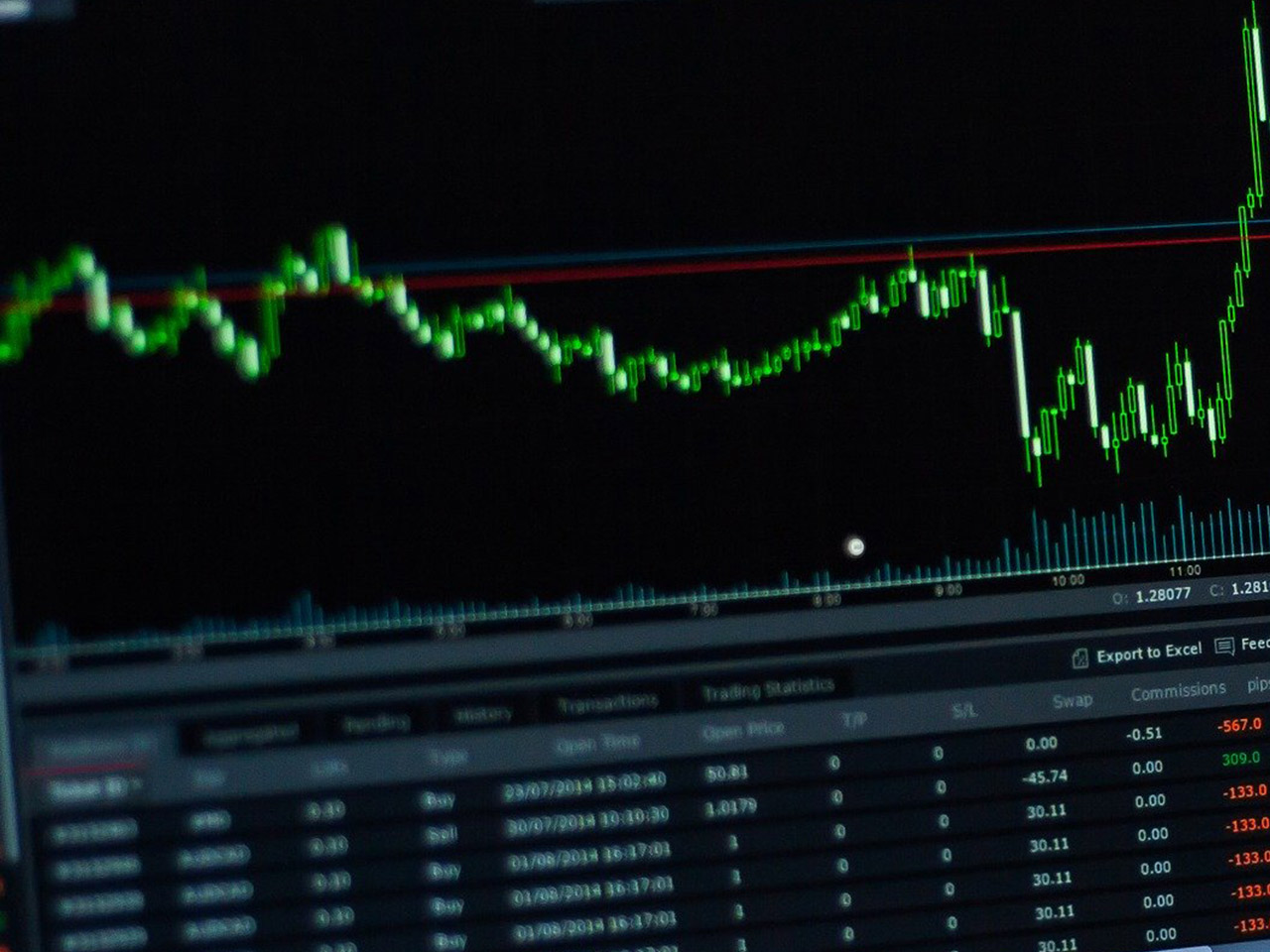Barclays PLC (BARC.L), a stalwart in the financial services sector, is making waves in the diversified banking industry. With a market capitalization standing at a robust $54.05 billion, this UK-based banking giant offers a comprehensive suite of financial services across multiple regions, including Europe, the Americas, Africa, the Middle East, and Asia. As the company continues to expand its global footprint, individual investors are keen to understand what the future holds for Barclays’ stock.
Currently trading at 388.3 GBp, Barclays has experienced a price change of 1.60 GBp, maintaining stability in a volatile market environment. The stock has flirted with its 52-week high, having ranged from 237.50 GBp to 389.30 GBp, reflecting its resilience and investor confidence amidst broader economic uncertainties.
Despite the absence of traditional valuation metrics such as a P/E Ratio and PEG Ratio, Barclays presents an intriguing investment case. Its forward P/E stands at an astronomical 745.20, suggesting that investors are pricing in significant future growth potential. However, this figure should be interpreted cautiously, as it may reflect the company’s reinvestment strategy and market expansion plans rather than current earnings performance.
Barclays’ performance metrics reveal a revenue growth of 6.00%, paired with a solid return on equity at 9.37%. The earnings per share (EPS) is 0.41, providing a glimpse into the company’s profitability. The bank’s commitment to rewarding shareholders is evident in its 2.19% dividend yield, supported by a conservative payout ratio of 20.94%. This indicates room for potential dividend increases as the company’s earnings stabilize and grow.
Analyst sentiment around Barclays remains optimistic, with 11 buy ratings and 4 hold ratings, and no sell ratings. The target price range stretches from 337.00 GBp to a high of 500.00 GBp, with an average target price of 427.73 GBp. This presents a potential upside of approximately 10.16%, a compelling proposition for investors seeking growth in their portfolio.
Technical indicators further support a favorable outlook for Barclays. The stock’s 50-day moving average is 375.58 GBp, while the 200-day moving average stands at 328.94 GBp, suggesting a bullish trend. The Relative Strength Index (RSI) at 65.44 indicates a slightly overbought condition, yet the moving average convergence divergence (MACD) at 0.73, with a signal line of -0.10, suggests sustained bullish momentum.
As Barclays continues to leverage its vast operations across retail banking, investment banking, and wealth management sectors, it remains poised to capitalize on its strategic initiatives. The bank’s diversified portfolio and global reach provide a buffer against regional economic fluctuations, positioning it advantageously for long-term growth.
For retail investors, Barclays PLC offers a blend of steady dividend income and the potential for capital appreciation. As always, prospective investors should weigh these insights against broader market conditions and personal risk tolerance before making investment decisions.





































